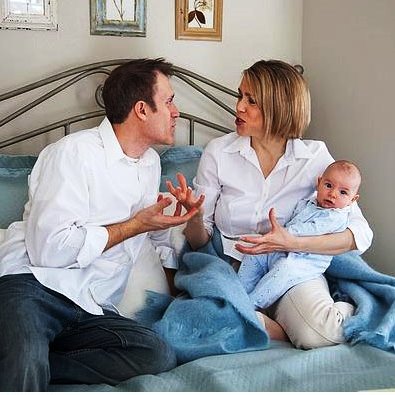
Why does chemotherapy cause hair loss?

The sight of a cancer patient covering their hair loss is all too familiar.
Hair loss is a frequent side effect of cancer treatment, and for many patients, it becomes a real worry.
Chemotherapy agents actively target and kill rapidly growing cells, such as those in a tumor. But similar to a tumor, the hair follicle is a highly active structure with a host of cells that frequently divide to produce the growing hair.
Because many chemotherapy drugs are designed to effectively kill all rapidly dividing cells, hair is the unfortunate bystander that takes the fall along with the cancer cells.
While some find the thought of losing their hair so distressing that they refuse chemotherapy, most people will see their locks grow back after the treatment has finished.
Chemotherapy-induced hair loss
The level of hair loss, or chemotherapy-induced alopecia (CIA), depends on the type of cancer, the specific drug, and the dose and pattern of the treatment.
Many patients experience the first wave of CIA within 1 to 2 weeks of starting their treatment.
Areas that experience high friction during sleep, such as the top of the head and the sides above the ears, are often the first to see hair loss. Yet the precise pattern depends on the individual’s hair.
Those hairs that are actively growing will be most affected, but because growing hair follicles can be arranged in patches or evenly distributed all over the scalp, it is unfortunately impossible to predict the pattern of hair loss for any given individual.
By 3 months, hair loss is often complete.
Hair regrowth after chemotherapy usually starts within 1 to 3 months after the therapy has finished. Up to 60 percent of patients report a change in hair color or structure during the first wave of hair regrowth, with many experiencing curlier hair. However, these changes are mostly temporary, and hair returns to normal eventually.
The impact of hair loss
Hair has important functions in culture and communication, and so CIA is consistently ranked top of the list of traumatic events for many patients that undergo chemotherapy.
Some patients even consider refusing chemotherapy as a result of the impending threat of CIA.
Treatments for CIA are, at best, experimental. Cooling the scalp with ice packs or special caps was first introduced in the 1970s.
The theory underlying this treatment is that cooling will narrow the blood vessels leading to the hair follicles. Some studies have reported success rates of up to 50 percent with this technique, but there is clearly a need for more effective therapies.
On the hunt for new drug targets
Very little is known about how chemotherapy drugs cause CIA. Most information stems from studies using mouse models.
Here, research has shown that programmed cell suicide, or apoptosis, is the most likely cause of cell death in the hair follicle, causing the hair to fall out.
Researchers in the Department of Medicine at the University of Chicago, IL, used genome-wide association studies to compare the genetic signature of breast cancer patients who had experienced CIA with that of those who had not.
They found several candidate genes that might be implicated in the loss of functional hair follicles. One of these, CACNB4, is part of a calcium channel that plays an important role in cell growth and apoptosis. Another gene, BCL9, was active in a subset of CIA patients and is known to play a role in hair follicle development.
Armed with this knowledge, scientists are continuing their quest to develop effective inhibitors of chemotherapy-induced hair loss, hoping to reduce the burden that this unwanted side effect has on cancer patients.





 need to just relax quietly at home after work. Fathers may also find it difficult to acknowledge their weaknesses and vulnerabilities, and may repress their fear and inner conflict because that is what they perceive society requires of them. Unfortunately this may also lead to them “being strong” for their wives, and not sharing their feelings with them, which could lead to schisms developing in the marriage relationship.
need to just relax quietly at home after work. Fathers may also find it difficult to acknowledge their weaknesses and vulnerabilities, and may repress their fear and inner conflict because that is what they perceive society requires of them. Unfortunately this may also lead to them “being strong” for their wives, and not sharing their feelings with them, which could lead to schisms developing in the marriage relationship.
 When Sophi Eber began kindergarten, she was in the fight of her young life with stage IV neuroblastoma. On her very first day, her mother snapped a photo of her baby beaming, despite the uncomfortable accessories that come with cancer treatment.
When Sophi Eber began kindergarten, she was in the fight of her young life with stage IV neuroblastoma. On her very first day, her mother snapped a photo of her baby beaming, despite the uncomfortable accessories that come with cancer treatment.


Most Commented